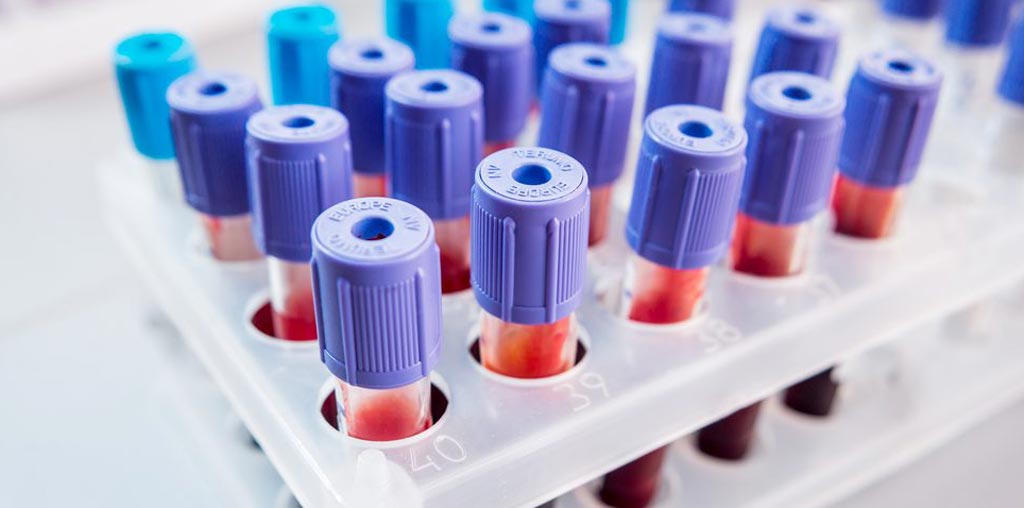Blood Test Measuring anti-Müllerian Hormone Predicts Time to a Woman’s Final Menstrual Period
By LabMedica International staff writers
Posted on 04 Feb 2020
A blood test has been developed that helps predict the time to a woman’s final menstrual period (FMP). Posted on 04 Feb 2020
The study to assess the ability of anti-Müllerian Hormone (AMH) measurements to prediction the time to FMP was carried out as part of the Study of Women's Health Across the Nation (SWAN). SWAN is a multi-site longitudinal, epidemiological study designed to examine the health of women during their middle years. The study examines the physical, biological, psychological, and social changes during this transitional period.

Illustration
For this study AMH and follicle-stimulating hormone (FSH) were measured in blood samples collected from 1537 pre- or early perimenopausal women, mean age 47.5 ± 2.6 years at baseline, then serially until 12 months following FMP. AMH was measured using a two-site ELISA with a detection limit of 1.85 picogram per milliliter. Areas under the Receiver Operating Curves (AUC) for AMH-based and FSH-based predictions of time to FMP were stratified by age. Probabilities that women would undergo their FMP in the next 12, 24, or 36 months across a range of AMH values were assessed.
Results revealed that the probability that a woman with an AMH less than 10 picograms per milliliter would undergo her FMP within the next 12 months ranged from 51% at less than 48 years old to 79% at more than 51 years old. The probability that a woman with an AMH greater than 100 pg/mL would not undergo her FMP within the next 12 months ranged from 97% in women less than 48 years old to 90% in women more than 51 years old. Overall, AMH measurement helped estimate when a woman would undergo her FMP, and, in general, did better than FSH.
"Establishing a way to measure time to the final menstrual period has long been the holy grail of menopause research," said senior author Dr. Nanette Santoro, professor of obstetrics and gynecology at the University of Colorado Medical School (Aurora, CO, USA). "Using bleeding patterns or previously available tests to predict the time to menopause can only help us narrow the window to a four-year period, which is not clinically useful. Women can make better medical decisions with the more complete information offered by new, more sensitive anti-Müllerian hormone measurements."
"Researchers have long thought AMH would be a superior marker of the time to menopause, but tests have not been sensitive enough to detect the very, very low levels that occur in the year or two leading up to menopause," said first author Dr. Joel S. Finkelstein, professor of medicine at Harvard Medical School (Boston, MA, USA). "It took a cohort like the Study of Women's Health Across the Nation (SWAN), which followed the same women year after year from well before menopause until well after, to get the kind of data necessary to be able to demonstrate the predictive value of AMH."
The study was published in the January 22, 2020, online edition of the Journal of Clinical Endocrinology & Metabolism.
Related Links:
Study of Women's Health Across the Nation (SWAN)
University of Colorado Medical School
Harvard Medical School














